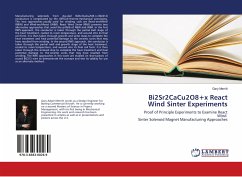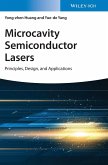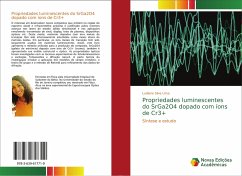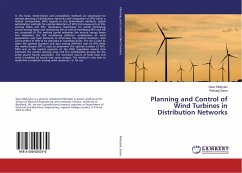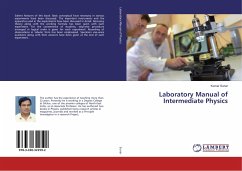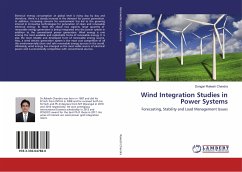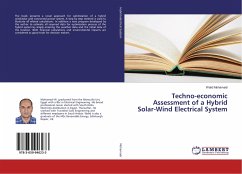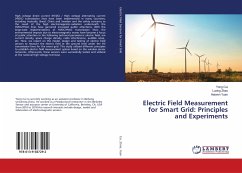Manufacturing solenoids from Ag-clad Bi2Sr2CaCu2O8+x
(Bi2212) conductors is complicated by the difficult
thermo-mechanical processing. The two approaches
usually used for winding coils are React-and-Wind
(R&W) and Wind-and-React (W&R). React Wind Sinter
(RWS) presents two alternative approaches that avoid
the pitfalls of R&W and W&R. In the first RWS
approach, the conductor is taken through the partial
melt stage of the heat treatment, cooled to room
temperature, and wound into its final coil form. It
is then taken through growth and sinter steps to
complete the heat treatment and heal potential
damage to the ceramic cores that may have resulted
from winding. In the second RWS approach, the
conductor is taken through the partial melt and
growth stage of the heat treatment, cooled to room
temperature, and wound into its final coil form. It
is then taken through the sintered step to complete
the heat treatment and heal potential damage to the
ceramic cores that may have resulted from winding.
The RWS approaches in this work are studied on short
pieces of round Bi2212 wire to demonstrate the
concept and test its validity for use as an
alternate method.
(Bi2212) conductors is complicated by the difficult
thermo-mechanical processing. The two approaches
usually used for winding coils are React-and-Wind
(R&W) and Wind-and-React (W&R). React Wind Sinter
(RWS) presents two alternative approaches that avoid
the pitfalls of R&W and W&R. In the first RWS
approach, the conductor is taken through the partial
melt stage of the heat treatment, cooled to room
temperature, and wound into its final coil form. It
is then taken through growth and sinter steps to
complete the heat treatment and heal potential
damage to the ceramic cores that may have resulted
from winding. In the second RWS approach, the
conductor is taken through the partial melt and
growth stage of the heat treatment, cooled to room
temperature, and wound into its final coil form. It
is then taken through the sintered step to complete
the heat treatment and heal potential damage to the
ceramic cores that may have resulted from winding.
The RWS approaches in this work are studied on short
pieces of round Bi2212 wire to demonstrate the
concept and test its validity for use as an
alternate method.

